.jpg)
Storm and disaster events can cause significant damage to residential and commercial properties, resulting in the need for prompt restoration and repair services. The process of storm and disaster restoration involves the assessment, mitigation, cleaning, and repair of properties affected by natural disasters such as storms, floods, fires, and more. This comprehensive guide provides a detailed overview of storm and disaster restoration, including the different types of restoration services, the process involved, and the importance of hiring professionals.
## I. Types of Storm and Disaster Restoration Services
1. **Water Damage Restoration**: Water damage is a common consequence of storms and floods. Water damage restoration focuses on drying out the affected areas, removing excess moisture, and repairing any structural damage caused by water.
2. **Fire Damage Restoration**: Fires can cause extensive damage to properties, including structural damage, smoke damage, and soot damage. Fire damage restoration involves cleaning and repairing the affected areas, removing smoke odor, and restoring the property to its pre-fire condition.
.jpg)
3. **Mold Remediation**: Excess moisture resulting from storm or flood damage can lead to the growth of mold and mildew. Mold remediation involves identifying and eliminating mold growth, removing contaminated materials, and dehumidifying the affected area to prevent further mold growth.
4. **Wind Damage Repair**: Strong winds during storms can cause roof damage, broken windows, and structural damage. Wind damage repair focuses on repairing and reinforcing the affected areas to restore the property’s integrity and safety.
5. **Roof Repair**: Storms can cause significant damage to roofs, including shingle loss, leaks, and structural damage. Roof repair involves inspecting the roof for damage, replacing missing shingles, repairing leaks, and ensuring the roof’s proper functionality.
6. **Flood Restoration**: Floods can cause widespread damage to properties, resulting in the need for comprehensive restoration services. Flood restoration includes water extraction, drying and dehumidification, cleaning and sanitizing, and repairing any structural damage caused by the floodwaters.
## II. The Process of Storm and Disaster Restoration
.jpg)
1. **Initial Assessment**: The restoration process begins with a thorough assessment of the property to identify the extent of the damage and determine the necessary restoration steps. This assessment helps develop a detailed restoration plan.
2. **Mitigation and Stabilization**: The next step is to mitigate further damage and stabilize the property. This may involve measures such as tarping roofs, boarding up windows, and addressing immediate safety concerns.
3. **Water Extraction and Drying**: If water damage is present, the restoration professionals will use specialized equipment to extract standing water and thoroughly dry the affected areas. This helps prevent further damage and the growth of mold and mildew.
4. **Cleaning and Sanitizing**: All affected surfaces, including walls, floors, and furniture, will undergo a thorough cleaning and sanitization process. This helps remove any contaminants, odors, and health hazards associated with the storm or disaster event.
5. **Repairs and Reconstruction**: Once the property is clean and dry, the restoration team will start the repair and reconstruction process. This may involve repairing damaged walls, replacing flooring, restoring electrical and plumbing systems, and more.
6. **Final Inspection and Restoration**: After completing the repairs and reconstruction, the restoration professionals will conduct a final inspection to ensure all work meets industry standards and the property is restored to its pre-damage condition.
## III. Importance of Hiring Professionals for Storm and Disaster Restoration
1. **Expertise and Experience**: Storm and disaster restoration require specialized knowledge and expertise to ensure the proper assessment, mitigation, and restoration of the property. Professionals have the necessary skills and experience to handle different types of restoration projects effectively.
2. **Quality Workmanship**: Hiring professionals ensures that the restoration work is of high quality. Professionals use industry-standard techniques, state-of-the-art equipment, and high-quality materials to deliver superior results.
3. **Efficiency and Timeliness**: Professionals understand the urgency of restoring a property after a storm or disaster event. They have the resources and manpower to complete the restoration process efficiently and within the specified timeframe.
4. **Safety and Compliance**: Storm and disaster restoration can involve potential safety hazards, such as mold growth, structural instability, and electrical issues. Professionals prioritize safety and adhere to industry standards and regulations to ensure a safe restoration process.
5. **Insurance Coordination**: Professionals can work directly with insurance companies to coordinate the claim process and ensure a smooth restoration experience. They have experience in dealing with insurance companies and can provide the necessary documentation for claims.
By hiring professionals for storm and disaster restoration, property owners can mitigate further damage, minimize downtime, and restore their properties to their pre-damage condition effectively and efficiently.
For more information on storm and disaster restoration services, [Service Water Restoration Pros](https://servicewaterrestorationpros.com/) offers a comprehensive range of restoration services.
## FAQ
What are the common causes of storm and disaster damage?
How long does the storm and disaster restoration process usually take?
Can I handle storm and disaster restoration on my own?
Remember, when it comes to storm and disaster restoration, it’s crucial to hire professionals like [Service Water Restoration Pros](https://servicewaterrestorationpros.com/) who have the experience and expertise to handle all aspects of the restoration process.



